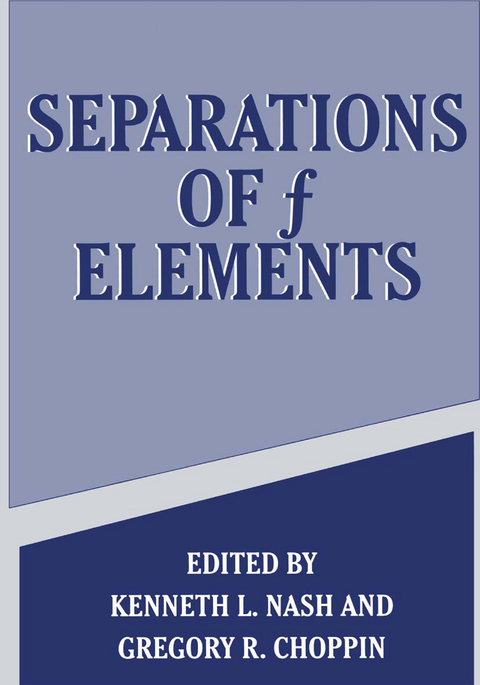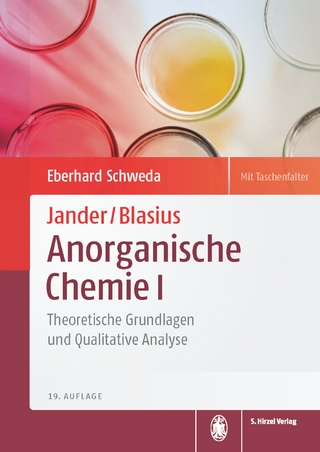
Separations of f Elements
Springer-Verlag New York Inc.
978-1-4899-1408-8 (ISBN)
Introduction: A Brief History of f Elements Separations.- In the Beginning, There Was the Actinide Hypothesis.- New Methods of Transplutonium Elements Isolation, Purification, and Separation from Rare Earth Elements and Selected Fission Products.- Extraction of Eu(III) and Am(III) with Thio and Amide Extractants.- Selective Extraction of Trivalent Actinides from Lanthanides with Dithiophosphinic Acids and Tributylphosphate.- Design of Ligands for f Element Separations.- Synthesis and Evaluation of Polyhydroxamate Chelators for Selective Actinide Ion Sequestration.- Synthesis, Characterization, and Actinide Extraction Behavior of Bridge-Modified Carbamoylmethyl-Phosphonates and Phosphine Oxides.- New Water-Soluble Phosphonate and Polycarboxylate Complexants for Enhanced f Elements Separations.- Separation of Americium from Europium by Solvent Extraction from Aqueous Phosphonate Media.- Europium(III) Interaction with a Water Soluble Complexant: From Speciation to Photodestruction.- Use of Selective Inorganic Ion Exchangers for Separation of Rare Earths.- Factors Influencing the Efficiencies of Multistage Separations of Lanthanides.- Removal of Plutonium and Americium from Hydrochloric Acid Waste Streams Using Extraction Chromatography.- Sorption Behavior of Uranium onto Reillex™-HPQ Anion Exchange Resin from Nitric and Hydrochloric Acid Solutions.- Issues in the Scale-up of Aqueous Biphasic Extraction of Uranium from Contaminated Soils.- Plutonium and Americium Separation Using Organophosphorus Extractant Adsorbed onto Ferromagnetic Particles.- Magnetic Separation for Environmental Remediation.- Appendix 1. List of Participants in the Symposium.
| Zusatzinfo | VIII, 277 p. |
|---|---|
| Verlagsort | New York |
| Sprache | englisch |
| Maße | 178 x 254 mm |
| Themenwelt | Naturwissenschaften ► Chemie ► Analytische Chemie |
| Naturwissenschaften ► Chemie ► Physikalische Chemie | |
| ISBN-10 | 1-4899-1408-0 / 1489914080 |
| ISBN-13 | 978-1-4899-1408-8 / 9781489914088 |
| Zustand | Neuware |
| Haben Sie eine Frage zum Produkt? |
aus dem Bereich


